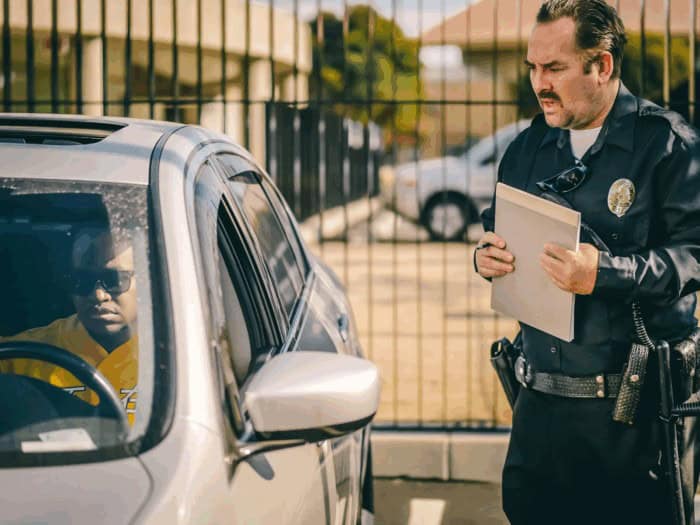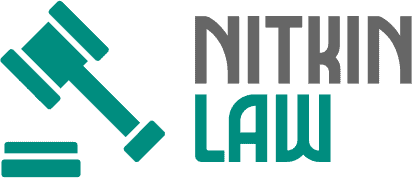
The introduction of autonomous vehicles (AVS) promises safer roads and fewer human mistakes, but also introduces complex legal programs. When accidents occur, liability becomes a tangled web of human mistakes, software errors, and legislative loopholes, unlike traditional car accidents, where fault traditionally lies with drivers. AV accidents muddy the responsibility between manufacturers, programmers, and even riders. Below, we consider three important issues shaping liability in this new legal landscape.
1. Manufacturer Liability vs. Human Oversight
Most autonomous vehicles are on an automation scale, such as level 2 (partial automation like lane keeping) and level 5 (full autonomy). In case of a crash, courts will first have to determine whether the vehicle was in autonomous mode and whether the driver was expected to intervene. For example, if a Level 3 AV (which requires human takeover in case of emergencies) crashes because of a system failure, is the company at fault for inadequate safety measures, or is the driver at fault for not reacting fast enough?
Manufacturers argue that human operators must stay vigilant, even in autonomous mode. However, plaintiffs usually counter that overreliance on imperfect technology, like sensors failing to detect obstacles under bad weather, is a design flaw. Current lawsuits have hinged on the vehicle’s black box records, which can tell if the system overrode driver input or experienced a failure. This evidence is critical. However, requirements for interpreting it remain inconsistent between jurisdictions, so outcomes are uncertain.
2. Regulatory Patchwork and Inconsistent Standards
Autonomous vehicle regulations vary wildly between states and countries, creating a legal minefield. Some states require a licensed driver to always be present in the driver’s seat, while others permit entirely driverless testing. This disparity complicates liability when an accident involves cars that cross state lines or those programmed under different safety standards. For instance, an AV tested in a state with lax regulations might have fewer protection elsewhere, raising the question of whether the manufacturer’s adherence to a “reasonable” standard of care was met.
In addition, most regions frequently don’t have AV-specific federal regulations. In such instances, courts will generally apply established negligence or product liability paradigms that are not designed to cope with AI-powered decision-making. That’s why consulting an experienced attorney is crucial.
For example, if you’re in North Carolina, working with a Charlotte car accident lawyer who understands both local traffic codes and emerging AV precedents is particularly helpful when cases conflict with state and federal regulations. Until harmonized standards exist, liability will be a hotly contested, case-by-case battle.
3. Insurance Challenges and Shared Fault
Current insurance frameworks struggle to accommodate AV technology. Conventional policies target driver carelessness, yet AVs transfer risk onto manufacturers and software designers. Insurers now debate whether to emphasize product liability or broaden motor insurance to include software malfunctions. This uncertainty leaves accident victims in limbo, particularly when several parties contribute to the accident’s causation.
Picture an AV swerving out of the pedestrian’s path but crashing into another car in the process. The vehicle’s algorithm might have concluded that the pedestrian’s safety takes priority over the passenger’s, raising ethical and legal questions. Who is to blame, the algorithm developer, the city for substandard road signs, or the other driver for speeding? Courts can assign liability differently, with some jurisdictions allowing suits against technology providers under product liability law and others limiting suits to human operators.
Endnote
With autonomous vehicles becoming more mainstream, the law must adapt to deal with their unique risks. Better regulations, standardized interpretation of information, and innovative insurance models are required to apportion blame fairly. For now, accident victims have a tough time demonstrating fault, which demands both technological and legal expertise. As a driver, manufacturer, or pedestrian, being attuned to these nuances is essential to secure your rights in the era of autonomous vehicles.

